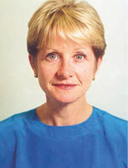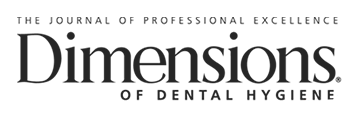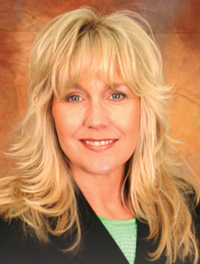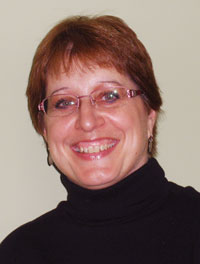
Kathy J. Eklund, RDH, MHP, is director of infection control and occupational health, and research subject and patient safety advocate at the Forsyth Institute in Boston. She is also an adjunct associate professor at the Massachusetts College of Pharmacy and Health Sciences, Forsyth School of Dental Hygiene. Eklund is a past chair of the Organization for Safety, Asepsis and Prevention (OSAP) and served as secretary of the OSAP Foundation. She has provided regional HIV education and training to dental and health care providers through a grant from the New England AIDS Education and Training Center for the past 17 years. Eklund is one of the authors of the United States Centers for Disease Control and Prevention (CDC) Guidelines for Infection Control In Dental Health-Care Settings–2003, and a member of Dimensions’ Editorial Advisory Board.
How did infection control become your field of specialty?
In 1984, I took over the infection control policies and procedures for the Forsyth School of Dental Hygiene. I was also practicing part time in the South End of Boston where I was treating a number of patients with AIDS, just as we were beginning to understand the gravity of HIV/AIDS and their effect on patient care. These two experiences sparked my interest and involvement in infection control. I also became involved early on with OSAP, which helped me connect with many infection control experts from across the country.
What are the key issues relating to infection control in the dental setting?
Clinicians need to understand infection control not in fragmented steps, but as a program of prevention, control, and safety. They are ethically and legally responsible for providing infection prevention and control services through their clinical procedures and what surrounds those clinical procedures. Infection control must be approached as a program that requires policies and procedures designed to prevent health care-associated infections among patients, and injuries and illnesses among personnel. The program includes written, site-specific policies and procedures that are compliant with current CDC recommendations, as well as federal, state, and sometimes local regulations. The policies and procedures must be implemented and monitored or evaluated for compliance, efficiency, and effectiveness. This requires knowledgeable personnel with the skills to develop, implement, and monitor the program. Time and priority setting are always factors that affect the implementation and management of infection control programs.
You are one of the co-authors of the 2003 United States Centers for Disease Control and Prevention (CDC) Guidelines for Infection Control in Dental Health-Care Settings. How did this come about?
In 1998, the CDC began looking for an outside vendor to coordinate the revision of the guidelines that were scheduled for publication 2003, so I submitted a proposal and was offered the contract. It was a lot of work but it was a wonderful, extremely rewarding experience.
What is a typical workday like for you?
I wear several hats, so one day is often very different from the next. I am the director of occupational health and safety for both of our laboratory and clinical services at The Forsyth Institute. I am involved in biohazard management, radiation safety, chemical hygiene and infection prevention and control. My job duties are primarily administrative. I write policy and procedures and conduct monitoring to ensure our safety programs are implemented properly.
I am also a patient safety advocate. I serve as a research subject safety advocate for Forsyth’s clinical research program. I am also the patient safety advocate for our clinical outreach program–the Forsyth Kids Program, which provides examinations, cleanings, fluoride treatments, and sealants when indicated for children with limited or no access to dental care. My role is in care coordination and patient safety monitoring. Some days I spend visiting school nurses following up on children who had urgent dental needs, ensuring they find dental homes, and other days I am walking the floor of the clinic and research labs monitoring the health and safety programs.
Have you had an “aha” moment in your professional career where everything came together?
When the Forsyth Institute physically moved to a new location in Cambridge a few years ago, it provided a whole new set of health and safety and infection control issues. We had to prepare to move and decommission our building, which had been Forsyth’s home since 1914. Forsyth then moved to a newly renovated building in Cambridge. All the policies and procedures had to be revised to reflect the new setting, and to be in compliance with Cambridge permitting regulations. It was a great deal of work for everyone involved, but I have to say, it was a rewarding experience that not only provided challenges, but also many learning experiences. Reflecting on my work at Forsyth, I realize that whether you work in a large institution or a small practice setting, the key concepts and principles of safety are the same. An effective program is one that applies these principles to ensure the safety of patients, personnel, and the environment.




